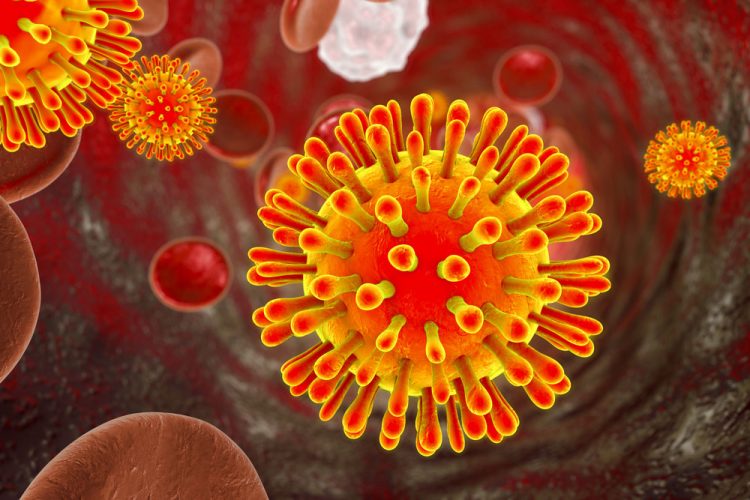GAPSA reveals new HIV targets
Posted: 28 February 2018 | Drug Target Review | No comments yet
Researchers have developed the first-ever high-throughput, genome-scale imaging-based approach to investigate protein stability…


Researchers have developed the first-ever high-throughput, genome-scale imaging-based approach to investigate protein stability. The method has been used to identify several previously unknown human proteins that HIV degrades to enhance its infection process.
The platform, termed Global Arrayed Protein Stability Analysis (GAPSA), enables the identification of circuits that drive the destruction of proteins in cells and has broad application to identify novel therapeutic targets for diseases such as Alzheimer’s disease, cancer, autoimmune disorders and infectious disease.
“We have used GAPSA to find host proteins targeted by the HIV-1 accessory protein Vpu, which allows the virus to replicate,” says Dr Sumit Chanda, Director and Professor of the Immunity and Pathogenesis Program at the Sanford Burnham Prebys Medical Discovery Institute (SBP) and senior author of the study. “We selected Vpu as a test case because although some Vpu targets were known, we suspected there were more. Indeed, GAPSA was able to pinpoint several host proteins with the anti-viral activity that had not been reported in connection with HIV.”
Vpu is HIV’s weapon against the innate immune response–the body’s first line of defence against pathogens. Vpu triggers the degradation of host proteins meant to protect against HIV infection, thereby helping the virus overcome barriers to infection and replication.
“In this study, we screened a set of 433 interferon-stimulated genes (ISGs)–genes that become activated in response to infection–against Vpu to create a more comprehensive list of HIV’s cellular targets,” says Dr Lars Pache, the staff scientist in Dr Chanda’s lab and co-author of the paper.
“Identifying Vpu target proteins creates an opportunity to find new drugs that block the interaction, potentially preserving host anti-viral proteins and limiting HIV infection. Importantly, the system can be equally applied to other infectious diseases that evade the immune system, such as Ebola, influenza, Zika and others,” explains Dr Pache.
“To our knowledge, GASPA is the first cell-based array platform that screens for regulators of the building and turnover of proteins (proteostasis). In addition to providing critical knowledge of how cells work, the technology can be applied to identify protein degraders that specifically target disease-causing proteins, which can open new therapeutic opportunities for a multitude of diseases,” says Dr Chanda.
“For example, in cancer, we can ask which proteins specifically degrade or destabilize oncoproteins, such as RAS and myc, and look for ways (drugs) to enhance that interaction. Similarly, with Alzheimer’s disease, we can screen for proteins that degrade beta-amyloid and create therapeutic strategies to discretely control the process without disrupting the entire cellular degradation machinery.
“Our next step(s) is to collaborate with scientists across other disease areas to identify these molecular circuits that regulate protein stability,” Dr Chanda says. “We plan to use the technology to comprehensively catalogue pairs of all human proteins known to regulate degradation and their cellular targets. We anticipate that this compendium of activities will expand the therapeutic landscape for many diseases.”
The study was published today in Cell Reports.
Related topics
Drug Targets, High Throughput Screening (HTS), Imaging, Protein, Target molecule
Related conditions
Alzheimer’s disease, Cancer, HIV
Related organisations
Sanford Burnham Prebys Medical Discovery Institute (SBP)
Related people
Dr Lars Pache, Dr Sumit Chanda


